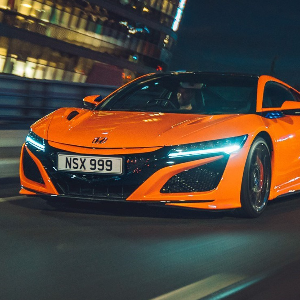
The Dacia Sandero continues to be the cheapest car on sale in the UK. But now based on the latest Clio, it feels anything but to sit in and drive.
PROS:
+ Incredible value
+ Interior space
+ Comfy to drive
CONS:
- Poor Euro NCAP crash test rating
- Other small cars are more fun...
- ...and quieter to drive
Verdict: The previous Sandero was superb value for money when it was based on a very old Renault. Now it's based on the latest Clio, it's barely believable you can have such a good car for such little money.
2021 Dacia Sandero review: the five-minute read
The easiest way to explain the Dacia Sandero is chopped tomatoes. Buy a supermarket's own-brand cola, and you know you aren't drinking the real deal. But buy its chopped tomatoes, and quite frankly, they could be from the sun-drenched hills of Sicily, despite costing 12p.
Which is a roundabout way of saying that the Dacia Sandero is very cheap, but doesn't look or feel it at all – although to be fair, we haven't tasted it. Nevertheless, the Sandero is the cheapest car on sale in the UK, despite not being the smallest, slowest or least attractive.
It's a genuine mystery how Dacia can offer an entry-level Sandero at £7995, based on the latest Renault Clio. OK so that Access model is pretty spartan in terms of kit, but the next model up with everything you need is just £1000 extra.
Which begs the question: is it a good enough deal to tempt you out of established cheaper small cars like a Skoda Fabia, Peugeot 208, Vauxhall Corsa or Ford Fiesta?
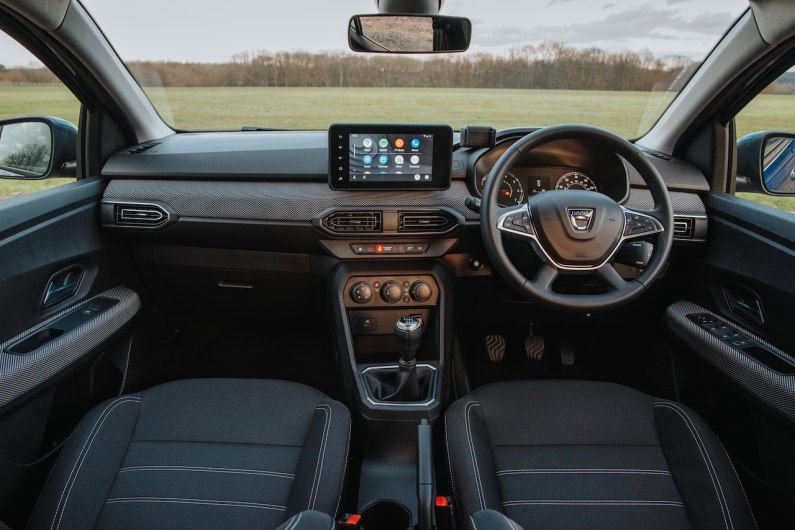
It's fair to say those cars are probably more stylish than the Sandero. The Dacia is far from ugly and is much more sophisticated to look at than the previous model, but it is fairly sensible. The entry-level Access model gets black plastic bumpers and steel wheels, but LED headlights, while next-rung Essential gets body-colour bumpers and wheel trims.
Similarly, Access Sanderos don't even come with air-con or a radio inside, but jump to Essential and those are added. However, the basic dash design is the same between the two – only top-rung Comfort gets a snazzier fabric trim on its dash and doors and a plusher steering wheel. Only Comfort models really rival Skoda or Vauxhall for quality, but even then the Sandero is noticeably cheaper in places.
Naturally the top Sandero gets the best infotainment too – an 8-inch touchscreen unit with Bluetooth, DAB radio, built-in navigation and Apple CarPlay and Android Auto. It works very well indeed next to rival efforts, especially when you consider the Sandero's price. Essential models force you to download an app to use your phone as the infotainment instead, while Access cars simply have pre-wiring for a radio.
And the Sandero continues to offer brilliant space. Four adults will sit comfortably inside putting it on a par with a Fabia and the boot is one of the biggest of any small car.
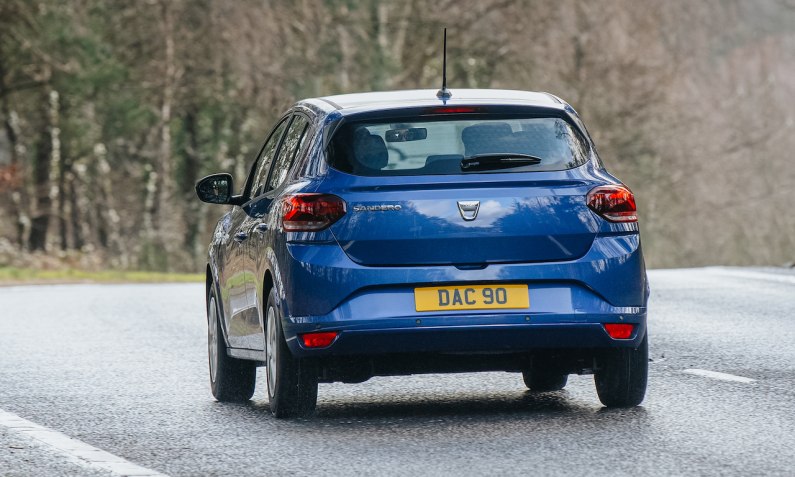
There are three engine choices: a 65hp non-turbo three-cylinder petrol, a turbo version of that engine with 90hp and a 100hp version powered by LPG. A six-speed manual gearbox is standard across the range, while a CVT automatic is available with the 90hp engine.
So far we've tried the 100hp LPG model, which is available on Essential and Comfort trims. It has more than enough puff for town and country-road work, and even feels fine on the motorway most of the time. There's a bit more noise and vibration than in rivals with engines of the same cylinder count, but it's by no means terrible.
And the Sandero is easy to see out of, simple to park, comfortable at low speeds and corners tidily on winding roads – although a Fiesta is still the more fun small car by some margin. Importantly, the Sandero is a big step up from before, especially on the motorway where it feels decidedly more grown-up. It's just a shame NCAP has knocked the Sandero for its basic automatic emergency braking tech, giving the Sandero just two stars out of five.
So, the Sandero's appeal used to be very much its price. Now, it's still that, but also it's a far more rounded car with it. If you don't care for badge snobbery, it should certainly be on your list of small car test drives.
For great Dacia Sandero deals click here
Extended read…
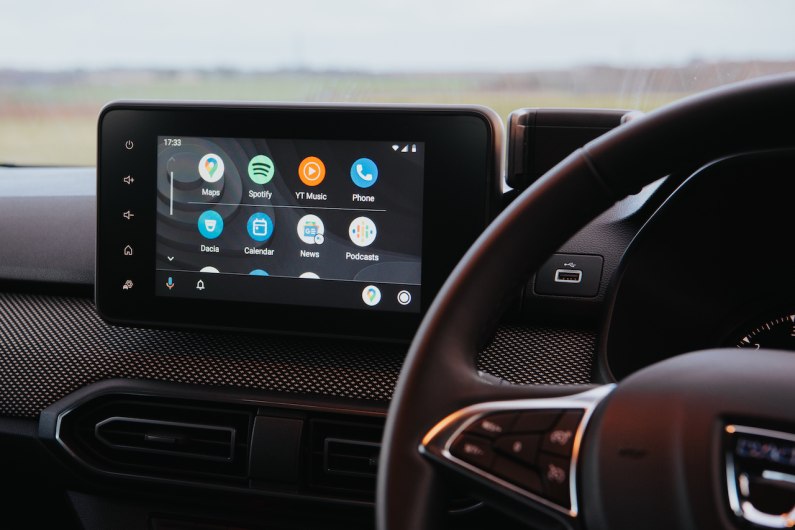
2021 Dacia Sandero interior and infotainment
It was easy to get a bit sniffy with the old Sandero's interior, but here, it's genuinely difficult to fathom how Dacia has managed to produce one this good for such little money.
OK, so it looks its best in range-topping Comfort trim and even then isn't quite up to the same standard as a Fabia or 208, but it isn't far off, and for thousands of pounds less.
Access Sanderos don't even come with air-con or a radio inside, but jump to Essential and those are added to the standard equipment list. Even then, the basic dash design is the same between the two with sturdy plastics and some chrome detailing – only top-rung Comfort gets a snazzier fabric trim on its dash and doors and a plusher steering wheel.
Naturally, the top Sandero gets the best infotainment too – an 8-inch touchscreen unit with Bluetooth, DAB radio, built-in navigation and Apple CarPlay and Android auto. It looks bright and sharp and responds quickly, which is great, but especially when you consider the Sandero's price.
Lower down the range, Essential models require you to download an app to use your phone as the infotainment system instead, while Access cars simply have pre-wiring for a radio. All models come with an integrated phone cradle and a handy high-up USB socket on the dash to go with it.
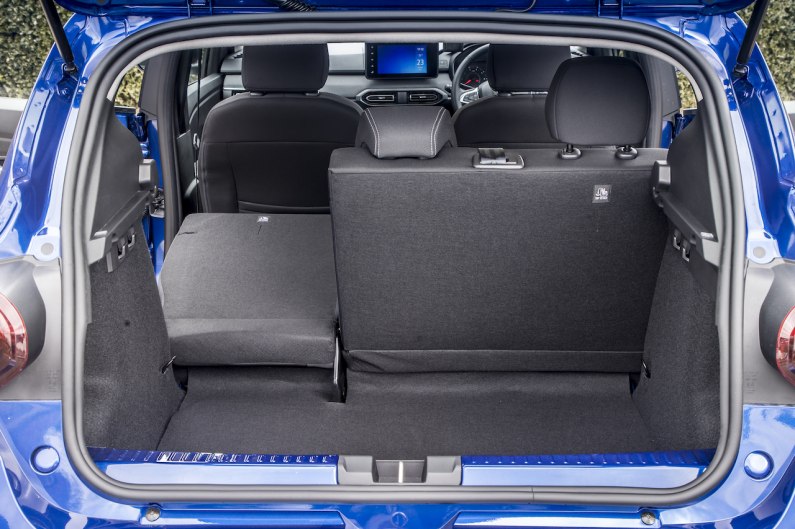
2021 Dacia Sandero practicality and boot space
Nobody is buying a small car to frequently transport lots of people and belongings, but it's still nice to have as much space as possible on the odd occasion you need to.
On that front, the Sandero is brilliant. It seats two tall adults in the front and back without issue, although three adults sat in the back will be a squeeze. Still, that's the same as pretty much every small car going.
The rear doors also open nice and wide and there are Isofix points on the rear outside seats, but again, like all small cars, you'll need to push the front seats a decent way forward to get a rear-facing child seat in behind.
There's also a decent amount of storage inside, with deep door bins, a couple of cupholders between the front seats and a generous cubby at the base of the dash.
The Sandero's boot is 328 litres in size, making it one of the largest boots of any small car. On Access models, the rear seats fold down as one piece, but Essential and Comfort models get 60/40 split-folding seats instead.
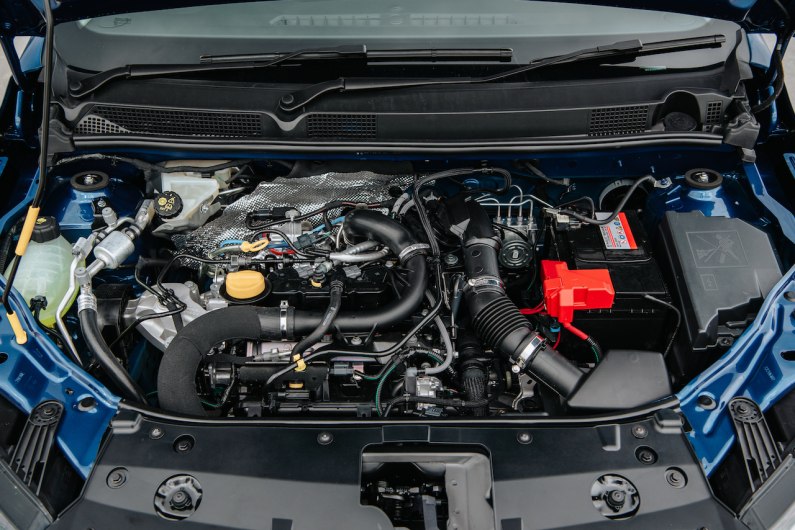
2021 Dacia Sandero engine
You'd think spending such a small amount of money on a car wouldn't get you a lot of engine choice, but you'd be wrong.
There are, in fact, three: a 65hp non-turbo three-cylinder petrol, a turbo version of that engine with 90hp and a 100hp version powered by LPG. A six-speed manual gearbox is standard across the range, which is fairly slick but there are better available in other small cars. There's also a CVT gearbox option, but only with the 90hp engine.
So far we've tried the 100hp model, which is available on Essential and Comfort trims. It has more than enough puff for town and country-road work, and even feels fine on the motorway most of the time. There's a bit more noise and vibration than in rivals with engines of the same cylinder count, but it's by no means terrible. We managed more than 40mpg without trying too.
Our experience of the other engines in other cars suggest the 90hp petrol will be more than up to the job too, while the 65hp one should feel fine in town and even on country roads aside from overtakes, but will feel a little leggy on the motorway.
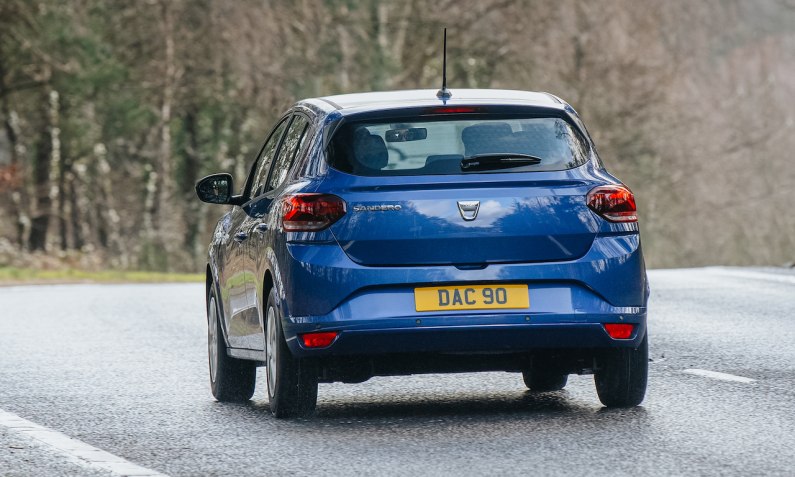
2021 Dacia Sandero driving
The Sandero is by no means the best small car to drive, but it is by no means the worst either, which is very impressive given its price.
Around town, the Sandero is easy to see out of, simple to park, and comfortable at low speeds over bumps. Only top-level Comfort models get rear parking sensors and a rear camera, but that's not too bad given the Sandero's great visibility and compact dimensions.
The Sandero has light steering and soft suspension but grip levels are high and it corners tidily on winding roads, although a Fiesta is still the more fun small car by some margin if that matters most.
Importantly, overall, the Sandero is a big step up from before, especially on the motorway where it feels decidedly more grown-up. Cruise control comes as standard on mid-run Essential trim, but it's just a basic system and unsurprisingly there's no option to add adaptive cruise or lane keep safety tech.
And crash testing outfit NCAP has given the Sandero just two stars out of a possible five, which you can probably guess is pretty poor. The Sandero actually scored well for passenger protection – it was its relatively rudimentary automatic emergency braking tech (by the latest standards) that let it down.
